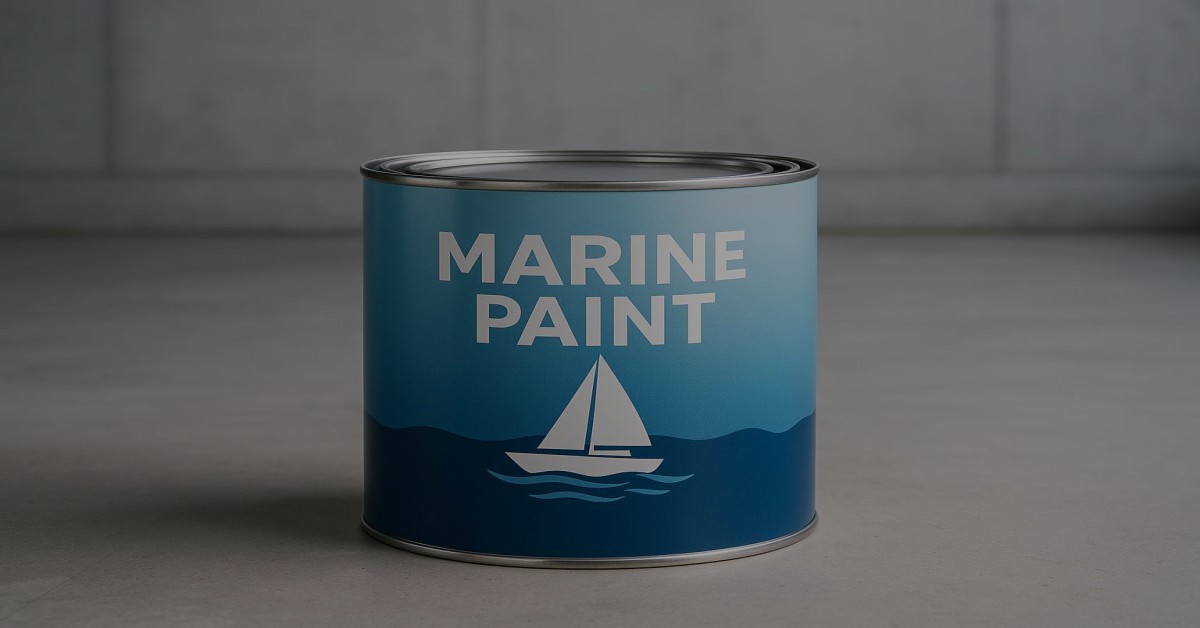Marine paint, a vital component in maritime vessel maintenance, requires careful handling and specific freight solutions to ensure safe transport. Whether you're a distributor, retailer, or manufacturer, selecting the right freight service is essential.
Understanding Freight Options
Freight Sidekick offers a variety of transportation options to suit different shipment sizes and requirements for marine paint.
Full Truckload (FTL) Services
For large shipments of marine paint exceeding 15,000 lbs, FTL services provide dedicated truck space. Options like Dry Van, Flatbed, and Refrigerated trucks cater to various storage needs, including temperature-sensitive paints.
Less Than Truckload (LTL) Solutions
For smaller quantities, LTL shipments offer a cost-effective method. Ideal for palletized freight, crates, and drums, LTL ensures your paint is transported safely with other compatible goods.
Partial/Shared Truckload for Mid-Sized Shipments
When shipments are between 12-36 feet and up to 30,000 lbs, consider partial or shared truckload services. This option optimizes the truck's space, reducing costs for medium-sized loads.
Equipment Considerations
Understanding the weight and dimension of your shipment helps in selecting the right transportation mode. Ensure your marine paint is packaged in compliant, secure containers to prevent spillage and damage.
Step-by-Step Shipping Process
1. Determine your shipment size and select the freight service accordingly. 2. Use our Freight Quote Tool for pricing. 3. Ensure proper packaging and labeling. 4. Prepare a Bill of Lading.
The Importance of the Bill of Lading
A Bill of Lading (BOL) is critical for legal compliance and safe transport of marine paint, as it details the shipment's contents, destination, and handling instructions. Generate a compliant document with our Bill of Lading Generator.
Safety and Best Practices
Follow industry best practices by securing your paint in DOT-approved containers, label correctly, and adhere to hazardous material guidelines if applicable.
Common Pitfalls and Cost-Saving Strategies
Avoid common mistakes like underestimating shipment size, which can lead to additional fees. Consolidate shipments when possible to maximize savings.
Get Personalized Assistance for Shipping Marine Paint
Whether you're shipping in bulk or smaller quantities, our team is ready to assist with your marine paint transport needs. Get a quote today, call us at 877-345-3838 or email support@freightsidekick.com.











